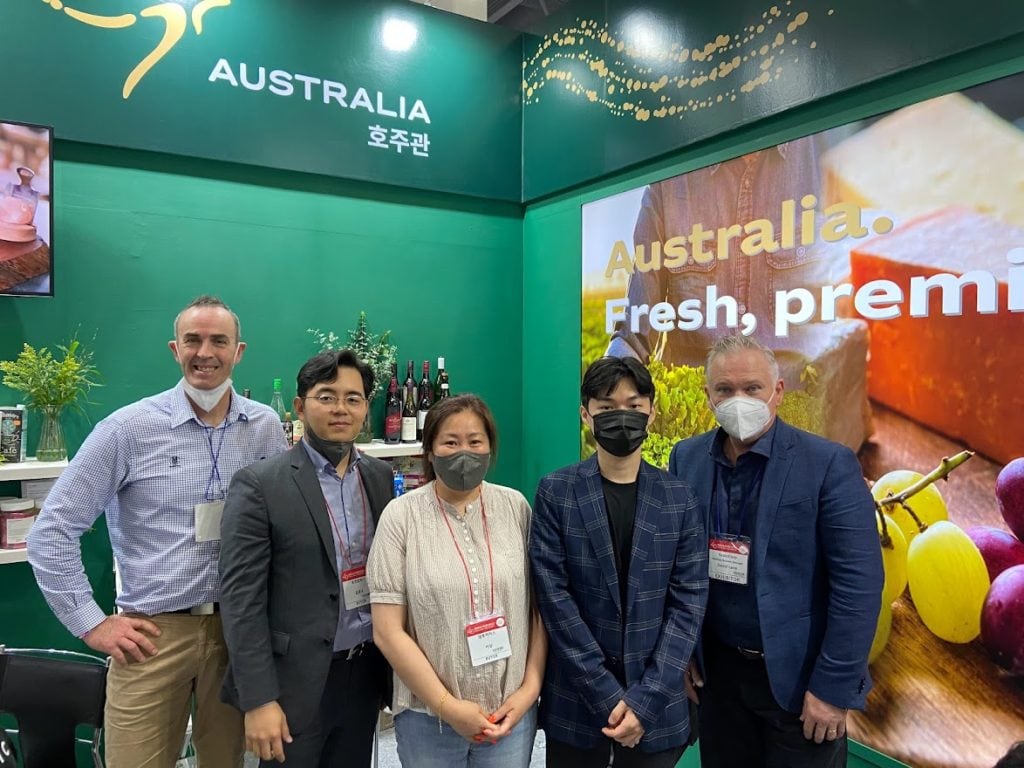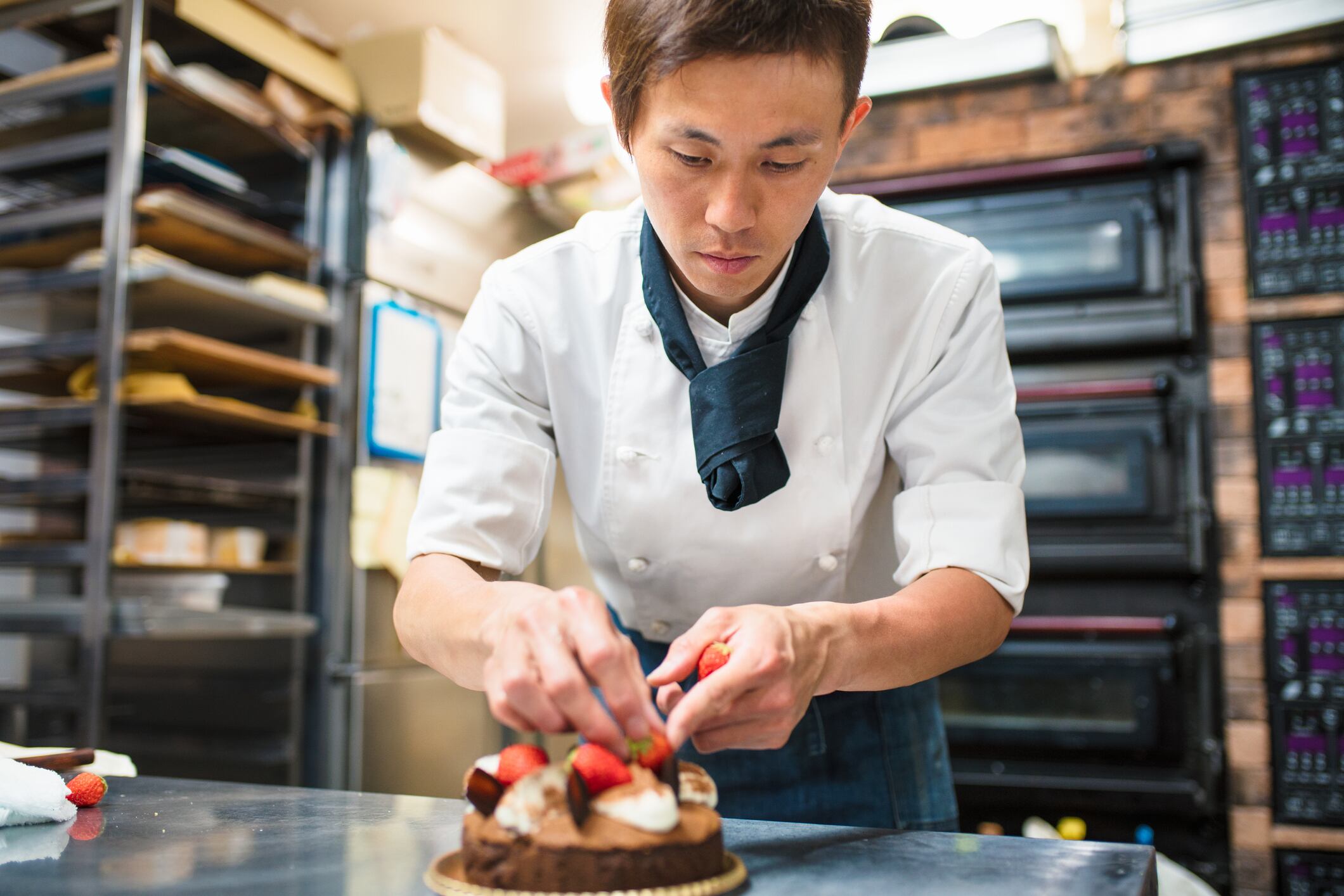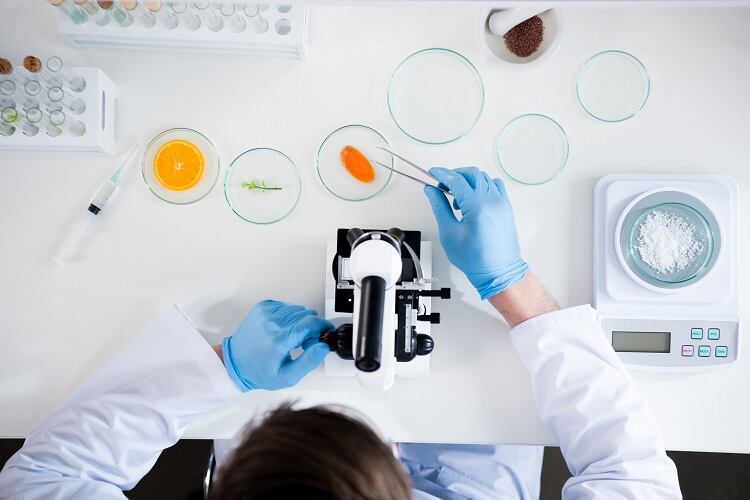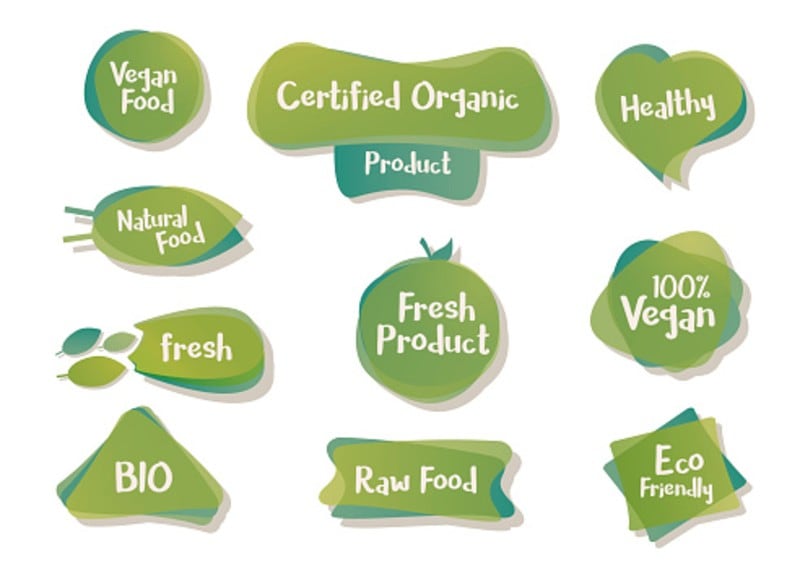Pin and Peel is a baking blend of canola and coconut oil. Launched in 2021, there are six products in the range, spanning pastry, frying, creaming/filling, cake, and biscuit shortening blends, available in 12.5kg packets.
It claims to be “lower in saturated fats, a supposed healthier and cleaner product, and a softer oil in terms of flavour release.”
GrainCorp’s edible oils national business manager, David Lane, revealed how Pin and Peel started as an upcycling project for its canola plant excesses.
“Pin and Peel was developed to use GrainCorp’s excess from the farms where canola oil is a widely available local crop. We take the non-GM canola seeds from the farms and take it to our crushing plant in Northwest Victoria to refine it for our blend which also consist of coconut oil. Coconut oil gives some real quality aspects around its mouthful and functionally in confectionery and chocolate applications – giving a high-end finish to our Pin and Peel products.”
While the firm is unable to provide a year-on-year figure, Lane said that its manufacturing customers are opting for Pin and Peel over its traditional brands to offer an alternative to their increasingly health-conscious customers.
Additionally, the volatility of dairy in the recent years may create an incentive for manufacturers to switch to its canola and coconut oil blend which has a “traditionally more stable price base,” it added.
Lane said that the brand development took about four years, with half of it spent on developing the flavour profiles:
“We sourced flavours from France, Switzerland and local flavours from Australia and New Zealand to provide the right buttery flavour notes for our blends. We understand that when we go into certain markets like Japan and Korea, they tend to be heavy butter users, so they've got a tradition of using butter. Being a non-GM, functional, and premium, we want to make it on point for these couple of markets to replace dairy blends.”
Cracking the APAC market
Its presence spans Australia and New Zealand – from major manufacturers using 200 tonnes per annum of their blends to small and medium-sized bread shops or baking businesses.
It also currently distributes to Vietnam via a local partner, and touts aggressive expansion plans in Asia-Pacific (APAC) with the support of government agency Austrade.

“We’ve been attending quite a few Asia-Pacific trade shows over the last six to eight months in Vietnam, Korea, Japan, China, Indonesia, Philippines and even as far as the GULF food trade shows to present the Pin and Peel to [potential] distribution partners in the country and local manufacturing customers to see how to fit our products in their baked goods or develop new products for them.
“In Australia and New Zealand, I would say we’re a more boutique blender of oils where we worked with customers to produce a functional blend that works for them in their manufacturing plant and their recipes,” Lane explained.
Pin and Peel banks on its R&D and innovation team to roll out samples in potential export markets and engage in a product customization process to make the product “functionally acceptable for market conditions and the plant and equipment the customer has.”
“With our business partners, we introduce the product, go through a process of benchtop trialling, on approval move to smaller batch plant trials – anything from 10 kg to 100 kg, and finally move into [mass] production once the customer accepts and it suits their recipe and application requirements.
“We’ll do the blends and formulations for our customers then work through a process of developing the concept with them and getting them to market. The brand development and product development are a little more boutique,” Lane elaborated.




